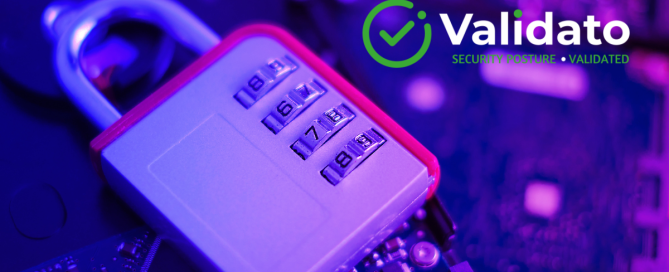What are the benefits of proactive cybersecurity for small businesses?
Proactive Cybersecurity: A Strategic Shield for Small Businesses Proactive cybersecurity helps small businesses prevent attacks before they occur rather than merely responding after a breach. This approach offers significant benefits including reduced downtime, cost savings, improved customer trust, and better regulatory compliance. By identifying vulnerabilities before they can be exploited, small businesses can strengthen their









